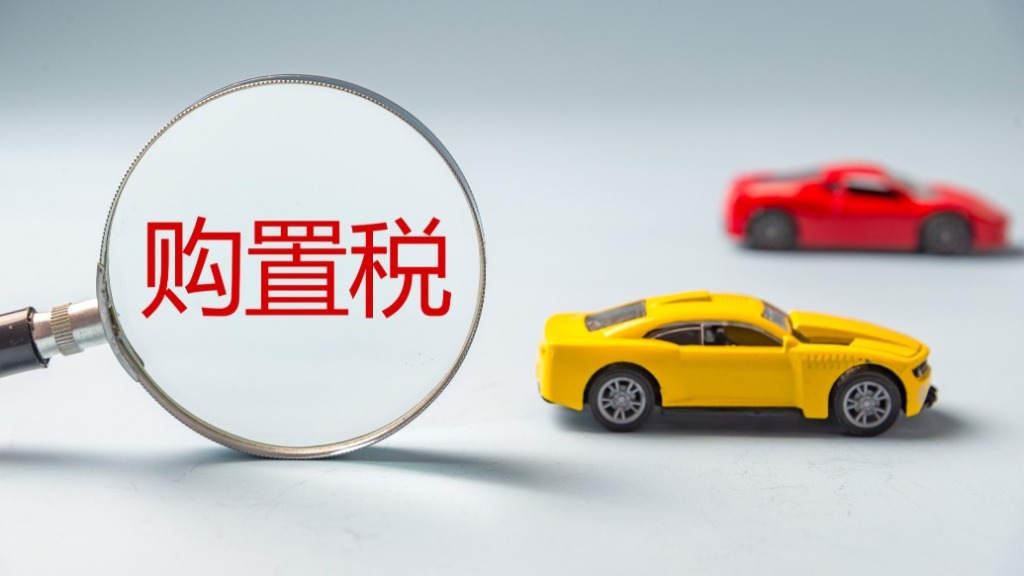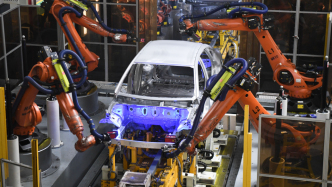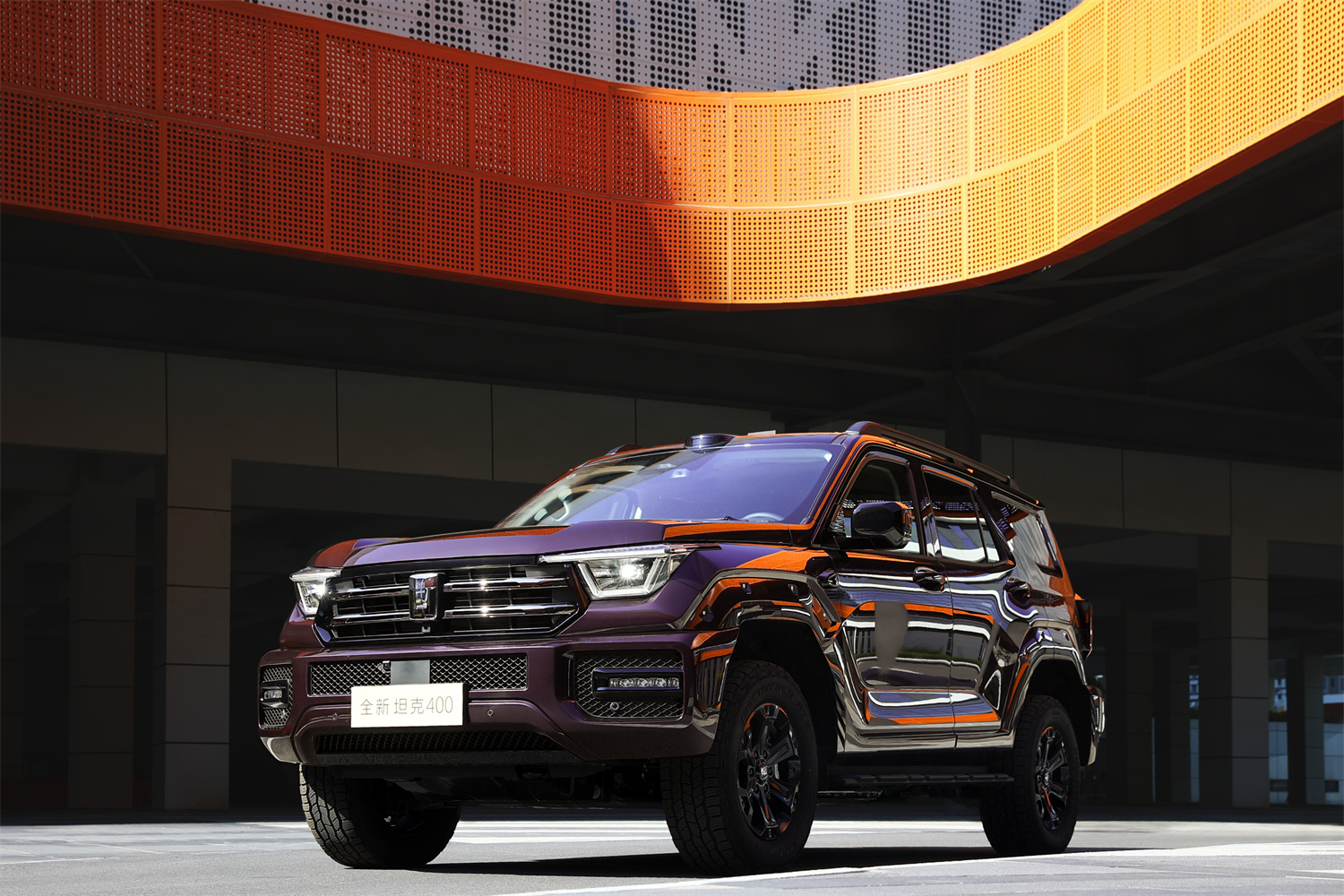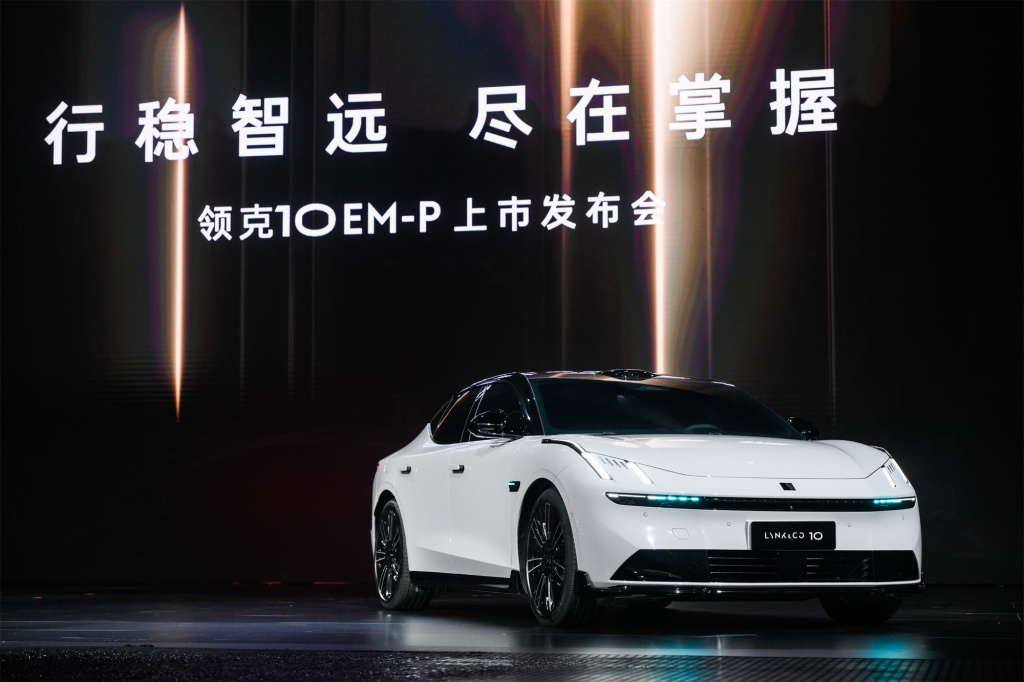
Recently, the Ministry of Industry and Information Technology, the Ministry of Finance, and the State Administration of Taxation jointly issued the "Announcement on the Technical Requirements for New Energy Vehicle Products for Vehicle Purchase Tax Exemption and Reduction in 2026-2027", which clarified the specific requirements for the new energy vehicle purchase tax exemption policy in the next two years.
The announcement marks the official end of the new energy vehicle purchase tax exemption policy, implemented several times since September 2014. Starting in 2026, the new energy vehicle purchase tax will be reduced from "exempt" to "halved," with the tax reduction capped at 15,000 yuan per new energy passenger vehicle.
At the same time, policies have set higher technical requirements for pure electric and plug-in hybrid vehicles, including pure electric range and energy consumption standards. This change not only affects the purchase cost for consumers but also poses new challenges to automakers' product planning and technological upgrades.

Exemption from purchase tax, which has been implemented for 11 years
The policy of exempting new energy vehicles from purchase tax began in September 2014 and is one of China's important measures to promote the development of the new energy vehicle industry.
At the time, the global new energy vehicle market was still in its infancy, and Chinese automakers faced numerous challenges in terms of technology, industrial chain, and market scale. By exempting vehicles from purchase taxes and providing subsidies, the government lowered vehicle costs for consumers, stimulated market demand, and injected momentum into the initial development of the new energy vehicle industry.
The implementation of this policy has had a profound impact on the new energy vehicle market. Since 2014, China's new energy vehicle sales have seen tremendous growth. In 2015, annual sales of new energy vehicles were only 330,000 units, but by 2024, this figure had exceeded 10 million, with a market penetration rate of 40%.
The purchase tax exemption policy has played a significant role in reducing vehicle purchase costs for consumers. For example, for a new energy vehicle priced at 200,000 yuan, the exemption can save consumers approximately 20,000 yuan, significantly enhancing the price competitiveness of new energy vehicles.
The policy has also driven rapid development of the industry chain. The technology of core components like batteries, motors, and electronic controls continues to improve, while costs continue to decline. Charging infrastructure is also gradually improving. Chinese new energy vehicle brands such as BYD, NIO, and Li Auto are rapidly emerging, even demonstrating strong competitiveness in the international market.
It can be said that the purchase tax exemption policy not only promoted the expansion of the market scale, but also laid a solid foundation for the technology accumulation and brand building of China's new energy vehicle industry.
In the past, the policy was extended three times in 2017, 2020, and 2022. In June 2023, the State Council Executive Meeting decided to extend the policy implementation period for another four years, forming a phased plan of "two exemptions and two reductions", which showed a clear signal of the gradual decline of the policy.
From a financial perspective, the scale of this policy investment is considerable. By the end of 2022, the cumulative tax exemption for new energy vehicles will exceed 200 billion yuan. According to previous estimates by the Ministry of Finance, after the policy is extended, the total amount of vehicle purchase tax exemptions and reductions from 2024 to 2027 will reach 520 billion yuan.
However, as the new energy vehicle market transitions from its incubation phase to maturity, policy support is weakening. The Ministry of Finance and other departments jointly issued an announcement clarifying that the purchase tax on new energy vehicles will be halved from 2026 to 2027, marking the end of a decade-long "tax exemption" period.
Car companies' "guarantee" war begins
With the upcoming 2026 purchase tax adjustment approaching, the new energy vehicle market is experiencing a buying frenzy. According to data from the China Passenger Car Association (CPCA), retail sales of new energy passenger vehicles reached 1.296 million units in September, a year-on-year increase of 15.5%, and the penetration rate increased to 57.8%.
The halving of the purchase tax will increase car purchase costs next year, potentially by as much as 15,000 yuan. This shift is particularly acute in the fourth quarter, and many automakers, scrambling to boost annual sales, have introduced "guarantee" policies, promising to cover the difference in purchase tax for consumers.
For example, NIO released the "New ES8 Safe Order Locking Plan" in September, promising that users who complete the order locking before the end of 2025 can enjoy a purchase tax difference subsidy of up to 15,000 yuan if the invoice and delivery need to be issued in 2026 due to reasons of the car company.
Brands like Ideal, Zhiji, and Zeekr quickly followed suit, launching similar insurance policies. Furthermore, some automakers are incorporating marketing strategies like limited-time price guarantees and delivery commitments to further reinforce consumers' sense of urgency when purchasing a car.
Industry data estimates suggest that the purchase tax exemption alone could lead to a 50% year-on-year increase in new energy vehicle sales in the fourth quarter of 2024. To this end, some automakers are seizing the opportunity, launching marketing strategies such as limited-time price guarantees and delivery guarantees, in addition to the safety net policies, to further create a sense of urgency for consumers to place orders.
However, automakers' "guarantee" behavior is not a long-term solution. On the one hand, after years of rapid growth, the new energy vehicle market has gradually shifted from being policy-driven to market-driven. The withdrawal of policy dividends means that automakers will need to rely on product strength, brand power, and cost control capabilities to compete.
On the other hand, automakers themselves are facing profitability pressures. This is especially true for emerging car manufacturers, most of which have yet to achieve stable profitability. While providing a safety net, they also need to balance R&D investment with market competition, making the situation particularly challenging.
In the long run, the policy green light will eventually close, and new energy vehicles will compete with fuel vehicles on the same starting line. At that time, the advantages of new energy vehicles will no longer rely on purchase tax exemptions, but will depend on their technological maturity, operating costs, and user experience.
For example, plug-in hybrid vehicles must continuously optimize their pure electric range and energy consumption, while pure electric vehicles must address charging convenience and range concerns. Only through technological innovation and cost control, achieving "oil and electricity price parity," can new energy vehicles compete with fuel-powered vehicles in a fully marketized environment.


